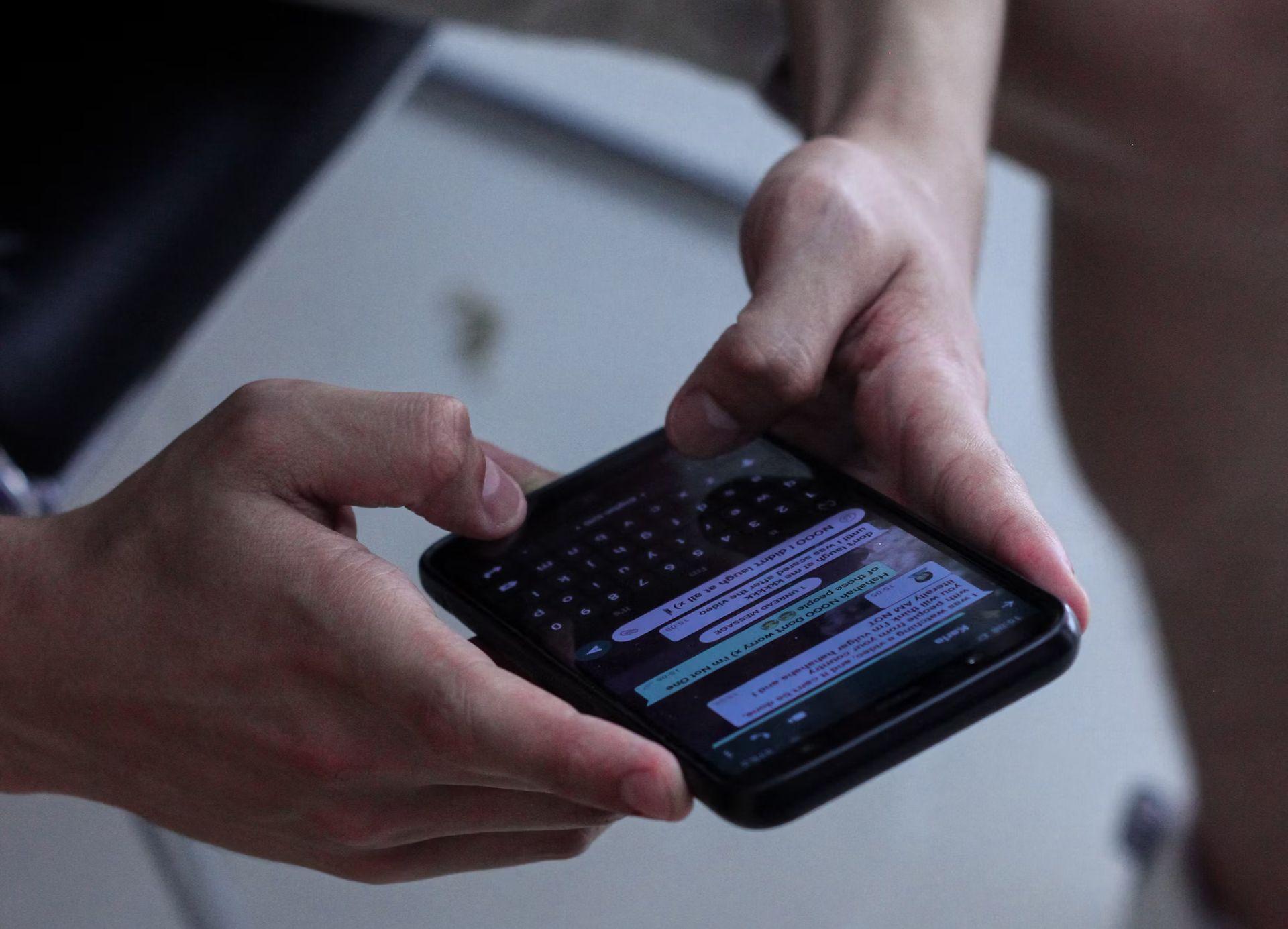WhatsApp turned green, marking a departure from its traditional blue aesthetic. This unexpected update sparked a range of reactions from users, many of whom took to social media to express their surprise and, in some cases, displeasure.
The move to a green color scheme, while startling to some, aligns with the app’s branding efforts and has become a topic of conversation among its user base, reflecting varied opinions on the change.
This discussion aims to uncover the reasons behind the green update and why it specifically impacted those on the iOS platform.
Why has WhatsApp turned green?
The shift to a green-themed interface on WhatsApp, prompted by a comprehensive update, marks a significant transition aimed at revitalizing the user experience. Meta has announced that this change, part of an effort to “bring a modern, new experience to WhatsApp” and enhance accessibility and usability, is irreversible. This WhatsApp turned green initiative will gradually become the new norm for all users, with no option to revert to the original blue color scheme. The update is designed to align all iOS devices with WhatsApp’s overall green branding, signifying a uniform aesthetic across the platform.

While Android users were already familiar with a green icon, they will notice a subtle change in the shade of green, albeit less dramatic than the overhaul seen on iOS devices. This move towards a green palette is not limited to color changes. iOS users will also observe modifications in the design and layout of WhatsApp icons and buttons, including altered shapes and colors, as well as increased spacing between buttons to facilitate easier navigation.
In addition to these visual updates, WhatsApp is introducing functional changes across both iOS and Android platforms. For Android, enhancements include a deeper dark mode and additional white space in light mode to improve readability.
Cami.IA WhatsApp tool brings the smart technologies to your smartphone
The WhatsApp logo will be prominently displayed in the Chats tab, and navigation tabs will be relocated to the bottom of the screen for improved user accessibility. These updates underscore WhatsApp’s commitment to evolving its interface and functionality, ensuring that the WhatsApp turned green transformation is just one aspect of a broader initiative to enhance user engagement and satisfaction.
Why brands do that?
Brands frequently employ bold strategies to refresh their image and engage with their audience, a tactic exemplified by the recent WhatsApp turned green update. This move, part of a broader marketing and branding strategy, not only revitalizes the app’s aesthetic but also aims to rekindle user interest and foster a deeper connection with the platform. The decision by WhatsApp to transition to a green color scheme is reflective of such strategies, where a change in visual identity can signal a new era for a brand, conveying innovation and a commitment to improvement.
The WhatsApp turned green initiative serves multiple purposes.

Firstly, it aligns with Meta’s goal to offer a modern, user-friendly experience across its applications, reinforcing the brand’s position at the forefront of technological advancements.
By adopting a new color scheme, WhatsApp signals its evolution, adapting to user needs and preferences while maintaining its core functionality.
This strategy illustrates how visual updates can serve as a powerful marketing tool, enabling brands to refresh their image, engage users, and stand out in a crowded market. Through this approach, WhatsApp not only updates its interface but also reinforces its brand identity, demonstrating adaptability and a forward-thinking mindset that resonates with users worldwide.
Beyond aesthetics the company leverages this WhatsApp turned green move as a marketing tool, driving organic engagement and fostering a sense of community among its user base.
Featured image credit: Dima Solomin/Unsplash






